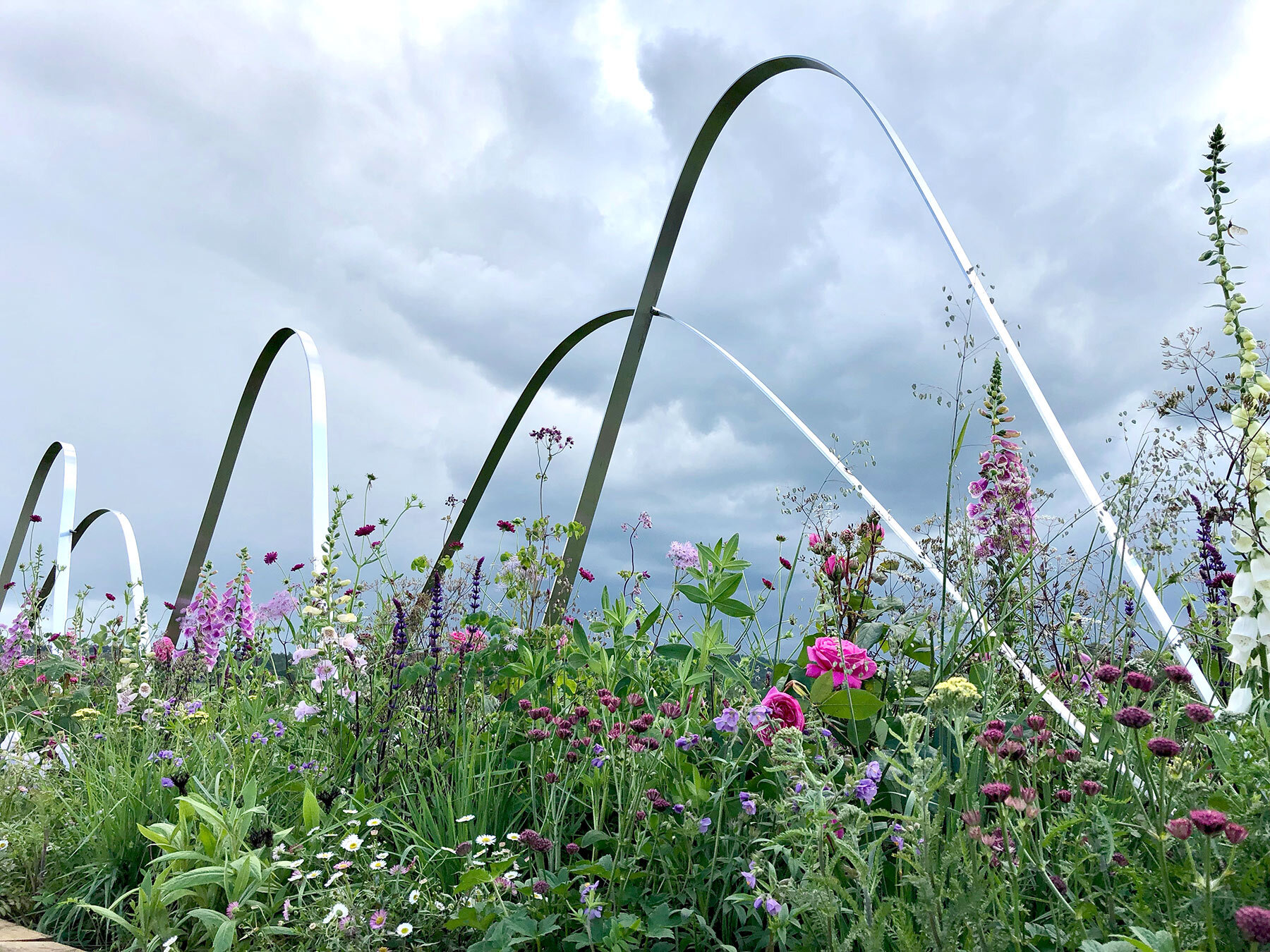Five tips for incorporating scent in your garden
The Healing Power of Scent Long Border at RHS Chatsworth Flower Show 2019 designed by Rachel Bailey and Nicola Sweeney
Scent is personal. Visit gardens to find the scented plants that stop you in your tracks and compel you to find out where the wonderful fragrance it is coming from.
Repeat (1) at different times of the year to build up a list of scented plants that work for you.
Sheltered areas are best for trapping scent. Note the sheltered areas within your garden that are close to where you might walk or sit at different times of the year and those areas that are in shade or get sun - whether daytime or early evening.
Match the plants on your list to where they will thrive and also give off the best scent with the areas where you will spend time. Also, know the time of the day that the scent is likely to be strongest. For example, Lonicera periclymenum or honeysuckle is pollinated by moths so will give off its scent in the evening. To get the best of the fragrance, site it somewhere where it will get a few hours of sun in the afternoon to warm those plant oils and somewhere close to where you will spend those warm summer evenings.
Also note overall scents that sum up a sense of place that you can relate to - such as a damp, mossy woodland glade - this can be just as powerful in improving emotional well-being as those scents that stop you in your tracks. Perhaps you can create an overall theme in your garden.
Five of my favourite scented plants that stop me in my tracks:
Skimmia japonica
Rhododendron luteum
Lonicera periclymenum
Actaea simplex Atropurpurea group
Cercidiphyllum japonicum

